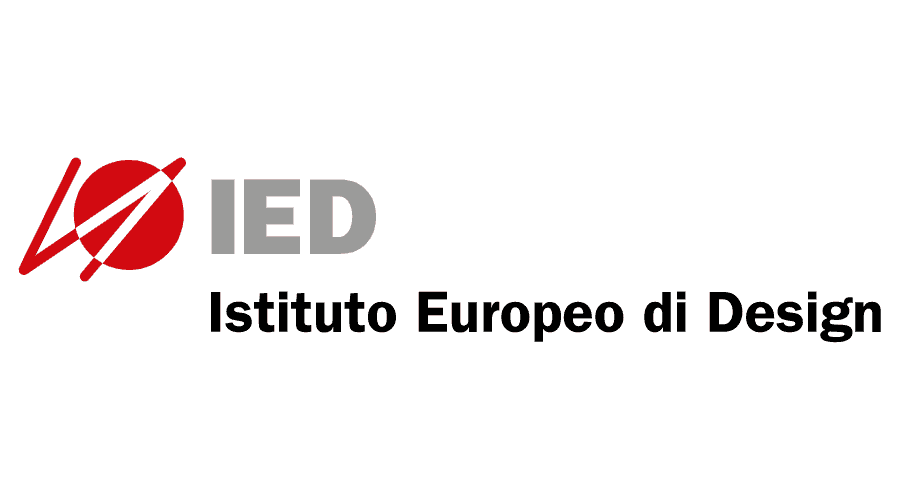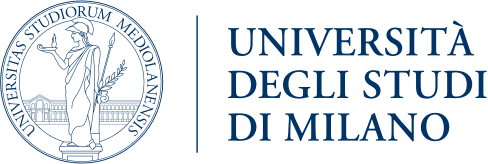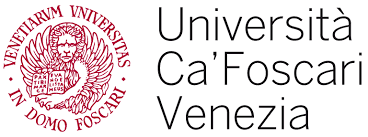Study in Italy
Study in Italy – a land of ancient history and culture
Study in Italy allows you to enjoy a country that is not only a wonderful, colourful and richly historical tourist destination, but also home to a number of Europe’s most highly rated institutions of higher education.
In fact 35,000 international students have opted to study in Italy and are having the time of their lives while gaining well-respected degrees at outstanding universities. Furthermore, one of the best-known facts about Italy is that it is packed with historic treasures. Studying and living among such architectural and artistic splendours is an unforgettable experience. As of 2019, Italy is home to 55 UNESCO World Heritage sites, including gems like the Colosseum in Rome, the city of Pompeii, the gondoliers and canals of Venice , the beauty of Florence, and also the glorious Amalfi Coast. In short, when you study in Italy, you will soon realise that Italy has it all!


What do I need to know before studying in Italy?


Study in Italy – why study in Italy
In general students choose to study in Italy as it boasts 69 public universities offering numerous courses in English, at a reasonable price. As a result, an ever-growing number of international students are working towards their degrees across this geographically diverse and culturally fascinating country.
Italy has so much to offer students besides its rich history. Examples being the amazing Italian cuisine, the open culture, the country’s lakes, mountains, coastline, and beaches, but also the wonderful weather. Studying in Italy will enrich every aspect of your life and furthermore provide you with internationally recognised qualifications.
Italy is an affordable study destination, with reasonable tuition fees and living costs, as well as high-quality teaching and research facilities. There are currently 186 undergraduate courses being taught in English and, depending on the environment you are seeking and your interests, you are spoilt for choice in Italy. Moreover, two of the most popular destinations to study in Italy are Rome and Milan (see below).
Study in Italy: Rome
If you enjoy urban life, then the splendour and bustle of Rome will appeal to you. You will find a broad range of courses at La Sapienza, founded in 1303 and ranked third in the country, or you may consider to study medicine or sciences at the acclaimed Tor Vergata, or social sciences at the private LUISS.
Study in Italy: Milan
Milan is the epicentre of fashion, style, and design, which nurtures the artistic spirit. What is more, Milan is home to the outstanding University of Milan and the Polytechnic University of Milan, as well as world-renowned Bocconi, Cattolica, and also the European Institute of Design.
If you are looking for a smaller city and perhaps a less frenetic pace of life, get in touch with us at Elab. Our friendly staff in our two Italian offices in both these cities will help you translate your wishes into an ideal study destination.
Study in Italy – for free
Although everyone who decides to study in Italy will pay tuition fees, the vast range of scholarships available to Italian and international students alike will greatly minimise the cost. So, while it is not free to study in Italy, it is very affordable. See below for further information on the financial help you can apply for – or contact Elab to discuss your particular situation and requirements.
Study in Italy-Universities
Choosing where to study in Italy depends on several factors for example the course, the language of teaching, the location and the reputation of the university where you hope to study. Although rankings only provide one feature of the entire picture, they are useful when you are trying to familiarise yourself with Italian universities. Here are the recent QS and The Times Higher Education world rankings of the top eight Italian Universities, 2022. QS includes over 1,300 universities in its ranking system.
|
University
|
Ranking QS
|
Ranking THE
|
|---|---|---|
|
Polytechnic of Milan
|
142
|
-
|
|
University of Bologna
|
166
|
172
|
|
Sapienza University of Rome
|
171
|
194
|
|
University of Padua
|
242
|
141
|
|
University of Milan
|
316
|
301
|
|
Polytechnic of Turin
|
338
|
-
|
Study in Italy – courses
There are many courses in English to study in Italy. Examples range from Statistical Sciences to Italian Medieval and Renaissance studies and include everything in between. La Sapienza in Rome, for example, is one of the oldest and largest universities in Europe and as a result offers a wide range of courses in English.
Study in Italy – in English
You can study in Italy in English both for a Bachelor’s and a Master’s degree. however, as is so often the case, there are more postgraduate than undergraduate courses taught in English. The following universities offer a range of courses taught in English:
• La Sapienza – Rome
• Università Ca’ Foscari in Venice
• University of Bologna
• Politecnico di Milano
• University of Padua
• University of Turin
The table, below, provides an overview of popular undergraduate courses taught in English at highly rated Italian universities.
|
University
|
Location
|
Number of International Students
|
Popular courses taught in English at undergraduate level
|
National Rankings
|
|---|---|---|---|---|
|
Milan
|
14,700/14,6%
|
Economics, Management and Computer Science; International Economics and Finance; International Economics and Management
|
26
|
|
|
Rome
|
115,300/6%
|
Computer Science and AI Classics; Global Humanities; Bioinformatics; Nursing
|
3
|
|
|
Florence, Rome & Turin
|
-
|
Fashion Stylist; Product Design; Interior Design
|
93
|
|
|
Milan
|
44,000/9%
|
International Relations and Global Affairs; Communications Management; Finance; Food Production Management; Medicine and Surgery
|
12
|
|
|
Bologna
|
82,000/8,5%
|
Economics; Politics; Social Sciences; Economics and Business Management; Economics and Finance, International Relations and Diplomatic
|
2
|
|
|
Milan
|
62,800/6%
|
Artificial Intelligence; International Politics; Law and Economics
|
3
|
|
|
Turin
|
76,800/6%
|
English and American Studies; Food Systems; Philosophy
|
15
|
|
|
Venice
|
23,000/4%
|
Business Administration; Digital Management; Economics and Business; Philosophy; International and Economic Studies
|
53
|
|
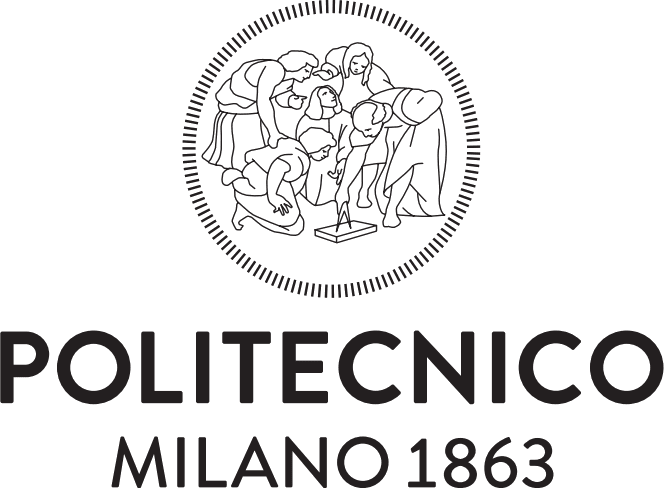  |
Mediolan
|
47,000/16%
|
Architectural Design; Civil Engineering
|
1
|
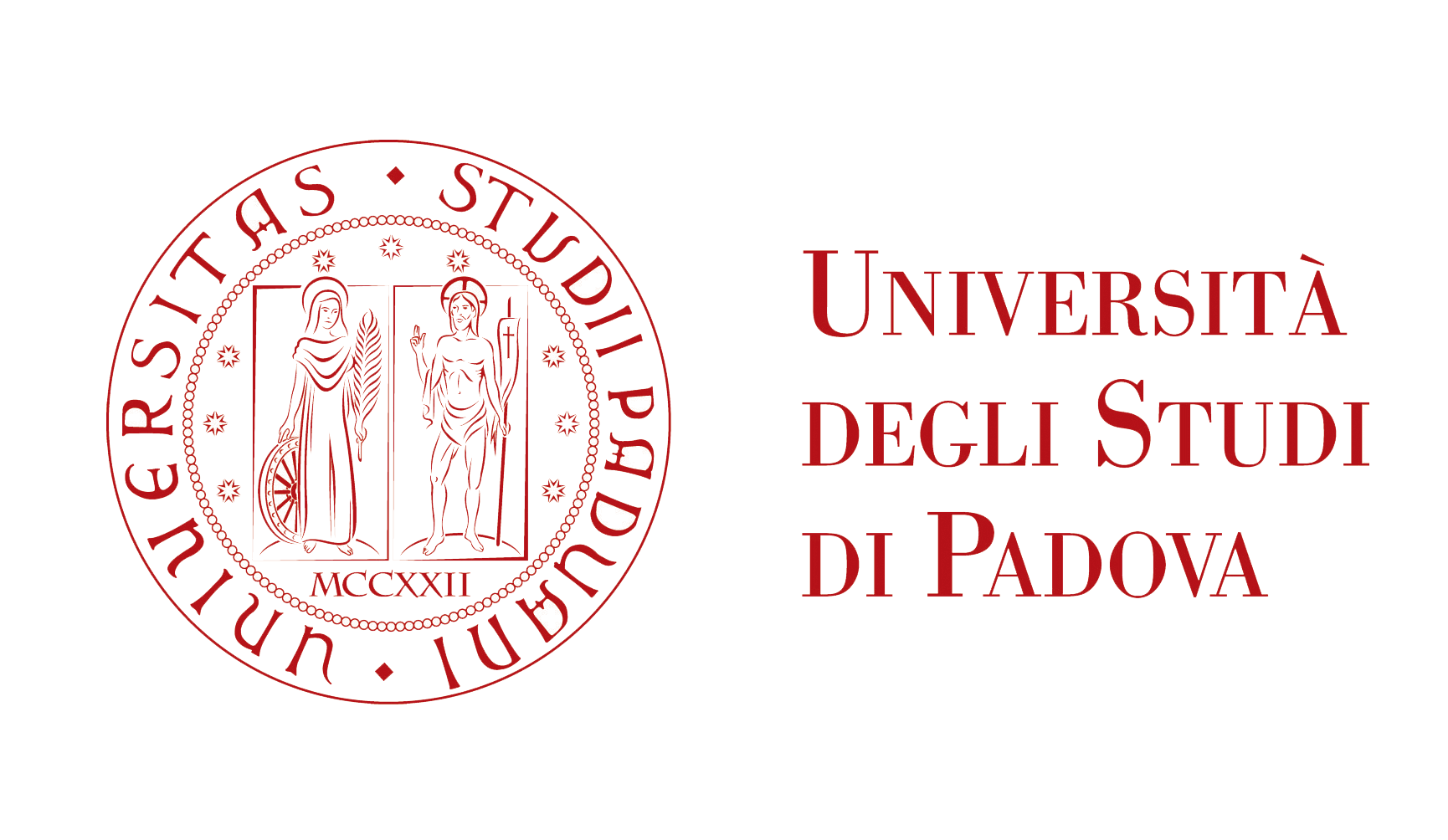  |
Padwa
|
61,860/4%
|
Information Engineering; Italian; Medieval and Renaissance Studies; Psychological Science; Animal Care
|
4
|
  |
Rome
|
34,000/6%
|
Industrial Engineering; Economics and Finance
|
11
|
  |
Rome
|
9,200/13%
|
Management and Computer Science, Politics, Philosophy and Economics, Economics and Business -Majors: Economics, Finance or Management.
|
30
|
Study in Italy -Master’s
Master’s degrees take two years to complete, or five-six years if you wish to study medicine, architecture, law or pharmacology. The academic year is divided into two terms. In your fourth semester you will have to complete a thesis, which can be based on research or a placement. Average tuition fees range from 800-1600 euros a year at a public university, and significantly more at private universities.
Popular Master’s courses taught in English:
- Sustainability and Energy Management
- Economic and Social Sciences
- International Management
- Quantitative Finance and Risk Management
- Innovation and Technology Management
- Banking and Finance
- Fashion Rarketing
- The Art and Industry of Narration
- International Screenwriting and Production
- Global Business management
- Data Science
- Physics
- Software Engineering for Information Systems
- Computer Science and Information Technology
- Environmental Humanities



Study in Italy -Studying medicine in Italy
Italy offers a lot of opportunities to study medicine abroad as several Italian universities offer medicine courses taught in English. In addition, Italian medical schools are technologically advanced, have a deservedly excellent reputation all around the world and offer first-class teaching. Qualifications gained from studying medicine in Italy are internationally recognised allowing you to work as a doctor wherever you choose to build your career. If you decide to study medicine in Italy, you will need to sit the Italian IMAT entrance exams, submit a certificate demonstrating language skills (not applicable if you have been educated in English), and present three good final year results in science subjects. Fees range from 4,000-20,000 euros a year, depending on whether you choose to go to a public or private university.
If you are looking to study medicine in Italy, Elab has offices in Milan and Rome, and we are, of course highly experienced at placing students in the best medical faculties throughout Italy and the rest of Europe. We can provide you with practical information on the cities this wonderful country has to offer so drop us a line or telephone and we will be happy to help you choose where to study medicine in amazing Italy.
Study in Italy – requirements
Since you are applying to study a course in English, you will need to submit evidence of language proficiency at B2 level. Both IELTS and TOEFL certificates are accepted, and you should aim to score 6- 6.5 and 80-90 respectively.
General requirements include the following:
- You must have attended school for 12 years and be over 17.
- You hold a secondary school diploma (or a bachelor’s degree if you are applying for a Master’s) and have scored over 59 per cent during each of the last two years in specific subjects. Certain courses demand specific scores in different subjects.
- What is more, you may be asked for a Personal Statement and references or a CV (the latter is common for MBA and Master’s courses). All your transcripts and certificates need to be notarised, and only certified translations of original documents are accepted.
Certain universities and courses set entrance examinations, such as the IMAT if you wish to study medicine, which you will sit in September. These examinations are usually required for applications to: veterinary medicine, medicine, education and architecture, but you need to check with Elab if the course you are interested in also has a mandatory entrance exam.
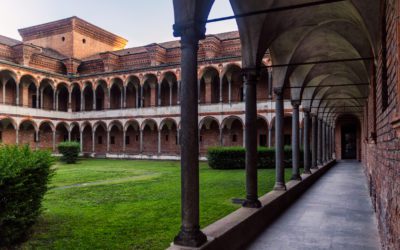







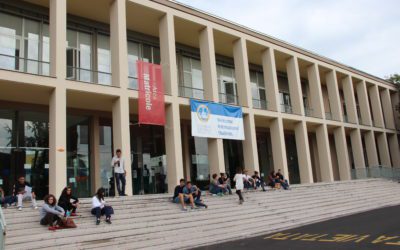

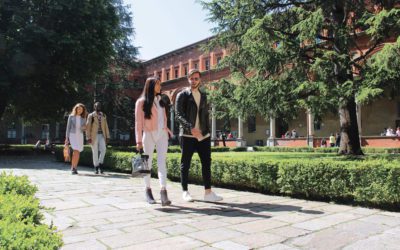



Study in Italy-applications
Applications to study in Italy are quite complicated and communication with universities not always straightforward. Once you have chosen your course and university with help from an Elab consultant, we will take you through the Italian university application process. Elab will ensure that you have met all academic entry requirements and have the necessary documentation to submit an impressive application.
Italy does not have a centralised application process and you will need to apply directly to individual universities.
Study in Italy – pre-enrolment
The process of pre-enrolment does not apply to EU students wanting to study in Italy. It checks that the studies you have undergone in your home country meet Italian entry requirements. If you are non-EU and want to study in Italy, you should request a letter of academic eligibility and suitability at your nearest Italian embassy by submitting:
A copy of your diploma
2 photographs
Transcripts of your academic work
The pre-enrolment form
- Any application forms you have filled in
Once the embassy has checked all these documents, which have to be in Italian, so make sure you find an authorised translator, they will send the documents on to the universities to which you have applied.
Study in Italy- getting an offer
Once you have submitted your documents within the university deadlines for submitting applications you have to wait until August when letters of acceptance are sent out. This letter will also tell you whether you now have to sit an entrance exam, the dates and finally how to register.
Deadlines for applications for most universities are set between the end of January and February. Do not leave it until the last minute. Contact Elab sooner rather than later.
How Elab can help with your application to Italy?
First step: create a bulletproof strategy for getting into a top Italian university. Call Elab for more information on deadlines.
Study in Italy-costs
Study in Italy – the cost of living
Studying in Italy is relatively inexpensive by European standards. The costs of accommodation are on average 25 per cent cheaper than in the UK and a broad range of scholarships are available to international students. Costs of studying in Italy can also be reduced by taking part-time work to supplement your income.
When you start to research how much it will cost to study in Italy, you will soon realise that the north of the country is significantly more costly than the central and southern regions. Rome, Florence and Milan being the most expensive university cities. The Polytechnic of Milan states that its students need 1020 euros a month to cover all their expenses, and while this compares favourably with many other study abroad destinations, rents are cheaper in other cities, where you live relatively comfortably on 750-900 euros a month (valid in 2021/22).
Study in Italy – tuition fees
Domestic and international students who study in Italy both pay tuition fees. These fees are set by the universities, and range from 900-4,000 euros a year at a public university, to 6000-20,000 at a private university. See below for the scholarships you can apply for when you study in Italy.
Tuition fees to study at Italian universities are means-tested and what you pay will depend on your family’s financial assessment: the number of people in your family, income and expenditure, property etc. The process is however complicated.
If you want your family circumstances to be taken into account, you will need to submit the ISEE parificato. In order to get the ISEE (Indicator of the economic and patrimony situation), EU and non-EU students with a family, totally or partially residing in the country of origin, and with incomes and property solely produced abroad, can apply for the ISEE parificato. You will have to submit documents to an official fiscal assistance centre (CAF)to prove your case – translated into Italian and legalised – and then the CAF which issued your certificate will send the document directly to the university, who will process the information and set your tuition fees.
Applications for reduced tuition fees should be completed by the end of October, although you can send them in later but fines will apply.
As you can see from this brief synopsis, the process is complicated, and you may well wish to ask Elab for help in dealing with Italy’s bureaucracy – we know our way through this labyrinth!


Study in Italy-scholarships and student loans
If you are looking for a student loan to help with fees, Elab’s offices in Italy have a partnership with local banks and institutions which are offering such loans.
In addition, Italian universities provide generous scholarships of 5,000-12,000 euros a year, for example:
- Cattolica’s scholarships, for example, give a 30 percent reduction on annual costs.
- The University of Padua runs an International Excellence Scholarship Programme for talented students, which covers all your costs.
- Bocconi offers merit-based scholarships, with 50-100 per cent tuition waivers.
- The University of Bologna offers study grants to its own students.
- The Polytechnic of Turin has scholarships for architecture and engineering.
- EDISU Piedmonte scholarships provide merit scholarships for students at the University of Turin.
- To study in Italy, you can also apply for financial aid directly to the Ministry of Foreign Affairs. International students are treated equally to domestic students and therefore have the same rights to financial assistance. Government scholarships at the national and regional levels are open to international applicants at undergraduate and Master’s levels.
If you want to study in Italy, contact Elab so we can go through the many options you have to finance your studies in Italy.
How your application with Elab will look like?
![5 steps to success Elab Education Laboratory [ENG]](https://elabedu.eu/wp-content/uploads/2022/06/english-5-steps-poster-03-1024x580.png)
![5 steps to success Elab Education Laboratory [ENG]](https://elabedu.eu/wp-content/uploads/2022/06/english-5-steps-poster-03-1024x580.png)
Step 1: Applicant Induction and Diagnostics
- Analysis of the client’s interests, aspirations and budgetary considerations
- Diagnostic test, questionnaire and consultation
Step 2: University Search and Generating Report
- Preliminary report on the chosen universities, in line with the client’s profile and personal preferences
- An evaluation of financial options and time constraints
Step 3: Planning How to Proceed and Preparatory Strategies
- Drawing up a detailed plan of the process and its various stages against a timeline
- Introducing tutors who will maximise the client’s chances of succeeding in their applications
- Determining the required entrance exams
Step 4: Preparing and Submitting the Final Application
- Preparing the final version of the application documents
- Submitting the application through the designated online platform or sending it directly to the chosen universities.
Step 5: University Offers and Making a Decision
- Final choice of university and course
- Interviews
- Submitting an application for financial support and
accommodation
Study abroad with Elab - reviews from our applicants:
Students who study abroad have very positive opinions of
the courses and life in general. Below are a few examples of opinions from Elabs students studying abroad or who recently completed their studies:






